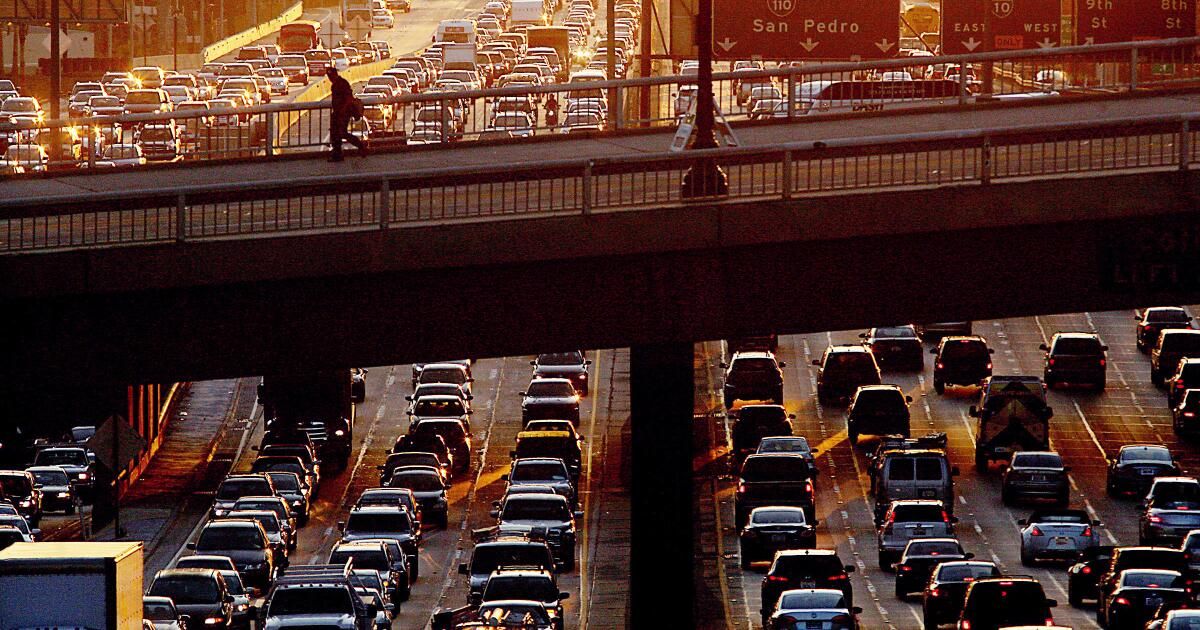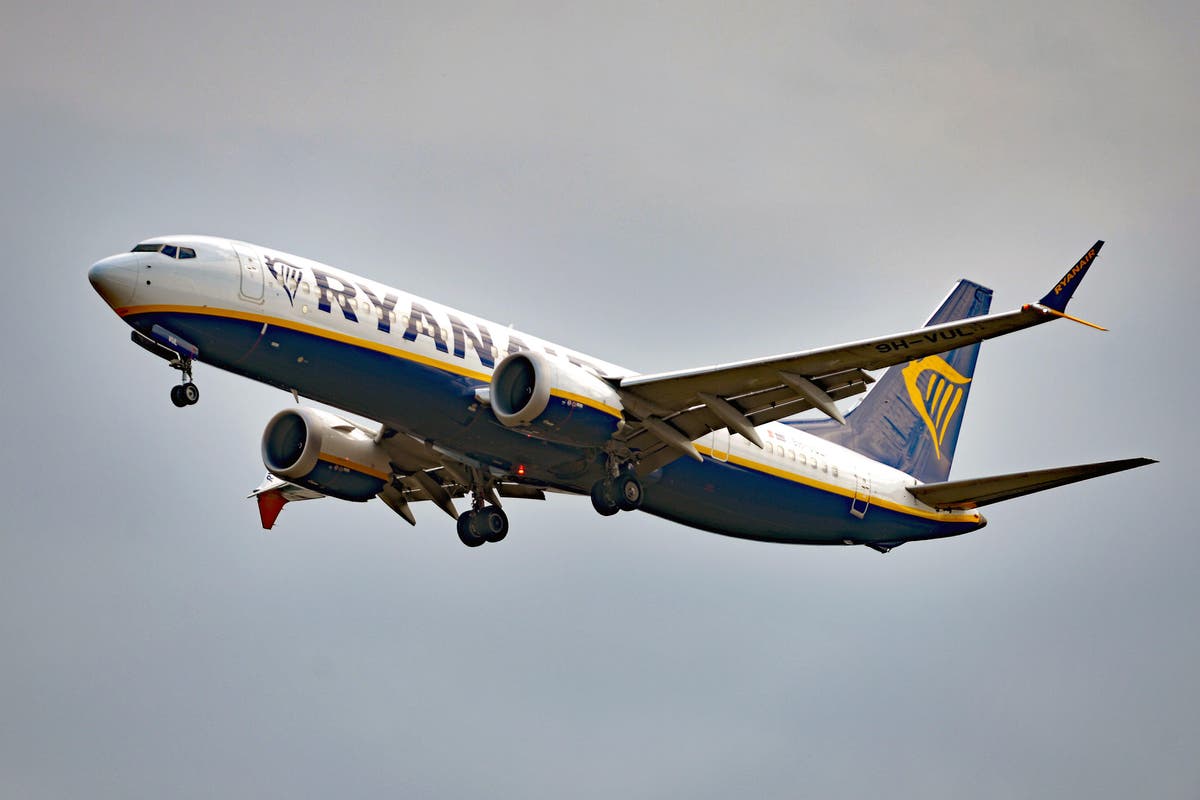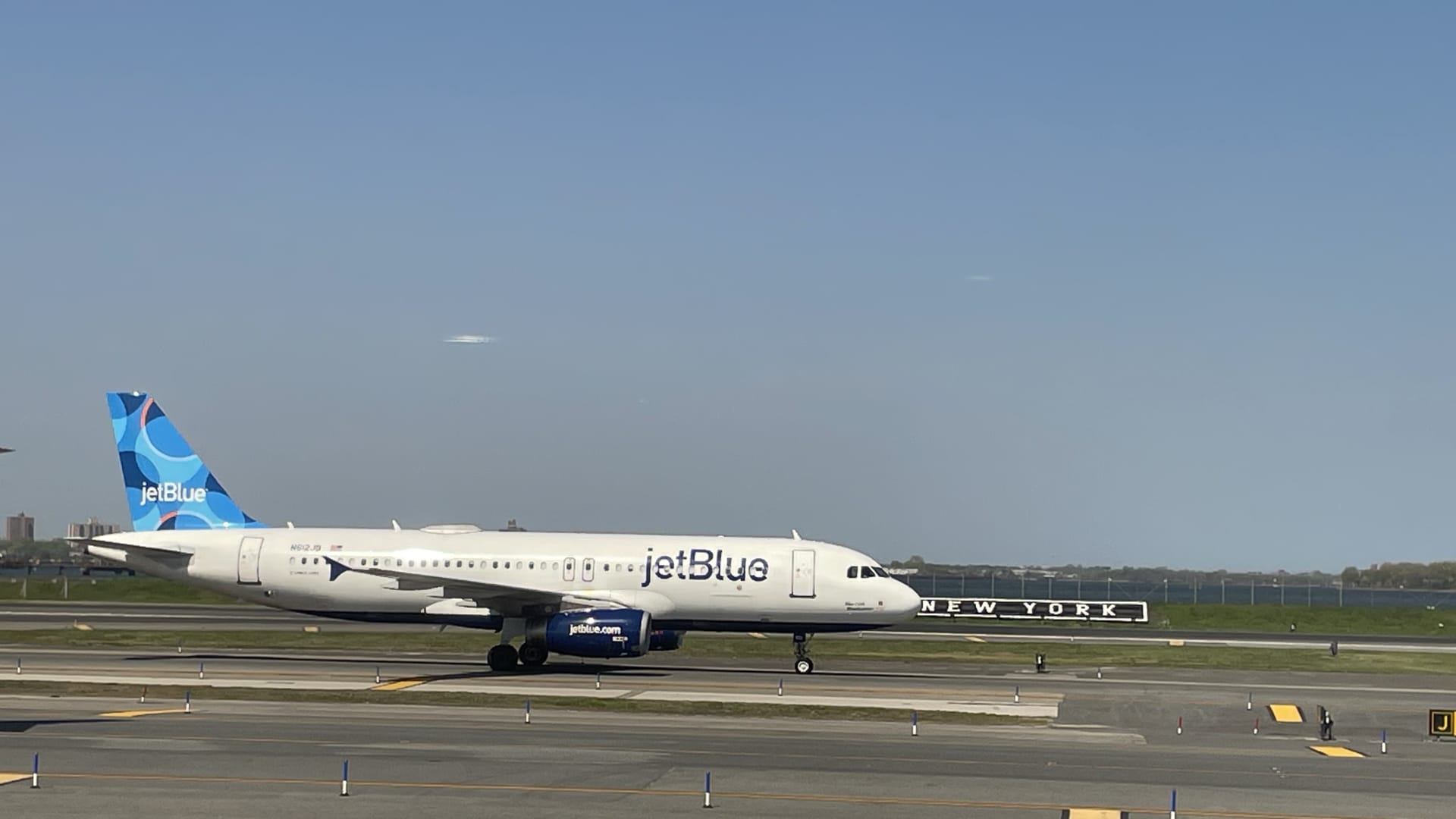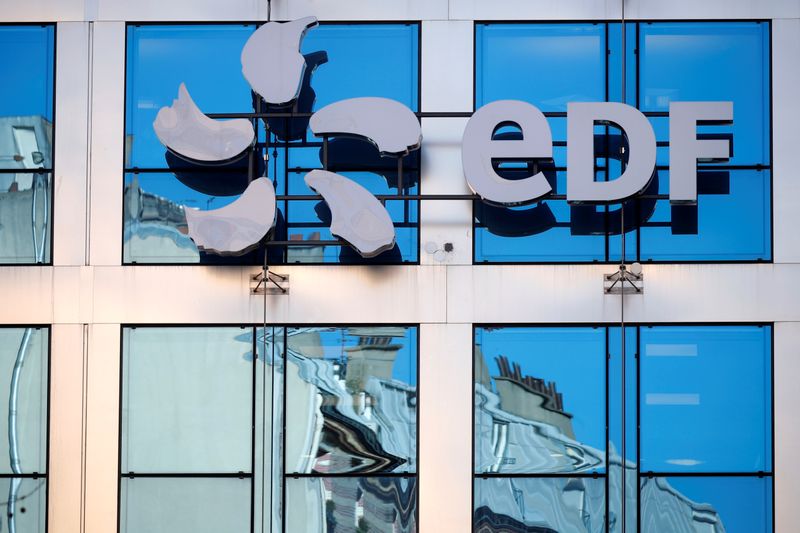Angelenos driving on the 10 and 110 freeways can now use the express lanes without fear of being penalized.
Previous fines for using the Metro ExpressLanes system without a FastTrak transponder ranged from $25 for a first offense to more than $300 if a CHP officer stopped a driver during illegal use of the toll lanes.
The Los Angeles County Metropolitan Transportation Authority agreed this week to eliminate all fines related to toll evasion after learning the results of a pilot program that seeks to relieve congestion on busy roads.
Cars traveling in the pair of express lanes no longer need to obtain a FasTrak transponder. Motorists with these devices can expect the toll to be automatically debited from an account, as usual.
Those without a transponder can expect to “pay as you go,” plus an $8 processing fee, according to Metro officials.
The toll system will photograph the vehicle's license plate and look up the mailing address of the vehicle owner registered with the Department of Motor Vehicles. Once found, Metro ExpressLanes will mail a notice to the vehicle owner with instructions to pay the toll amount plus an $8 fee. Payment can be made onlineby phone or in person.
If payment is not made, Metro may ask the DMV to place a lien on the vehicle owner's registration. Additionally, switchable transponders are the only way for customers to declare themselves high occupancy vehicles if they wish to travel toll-free in the express lanes.
Program leaders touted the $8 pay-as-you-go processing fee, which is designed to cover the costs of operating the new program without being punitive, as a substantial reduction from Metro's original violation amount.
Los Angeles County Supervisor Janice Hahn, who introduced the proposal in 2018, agreed with that sentiment.
“It's not a crime to drive a car on highways,” Hahn said, noting that he hoped staff would suggest an even lower fee.
“But I'm not going to fight that today,” the supervisor added. “I think having the program permanent is really important and I hope our agency is a model for other transit agencies that could also copy this idea of compassionate lanes.”









